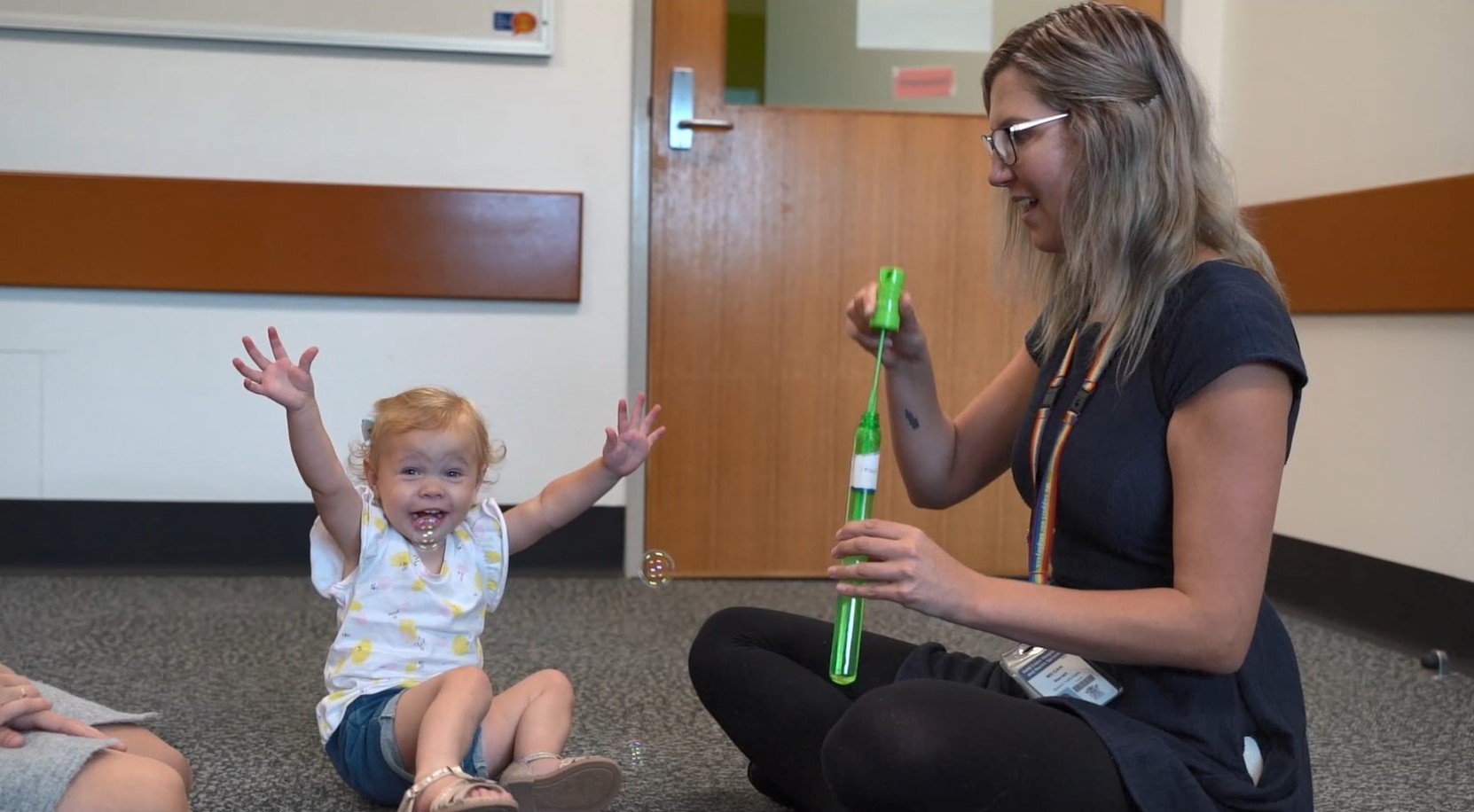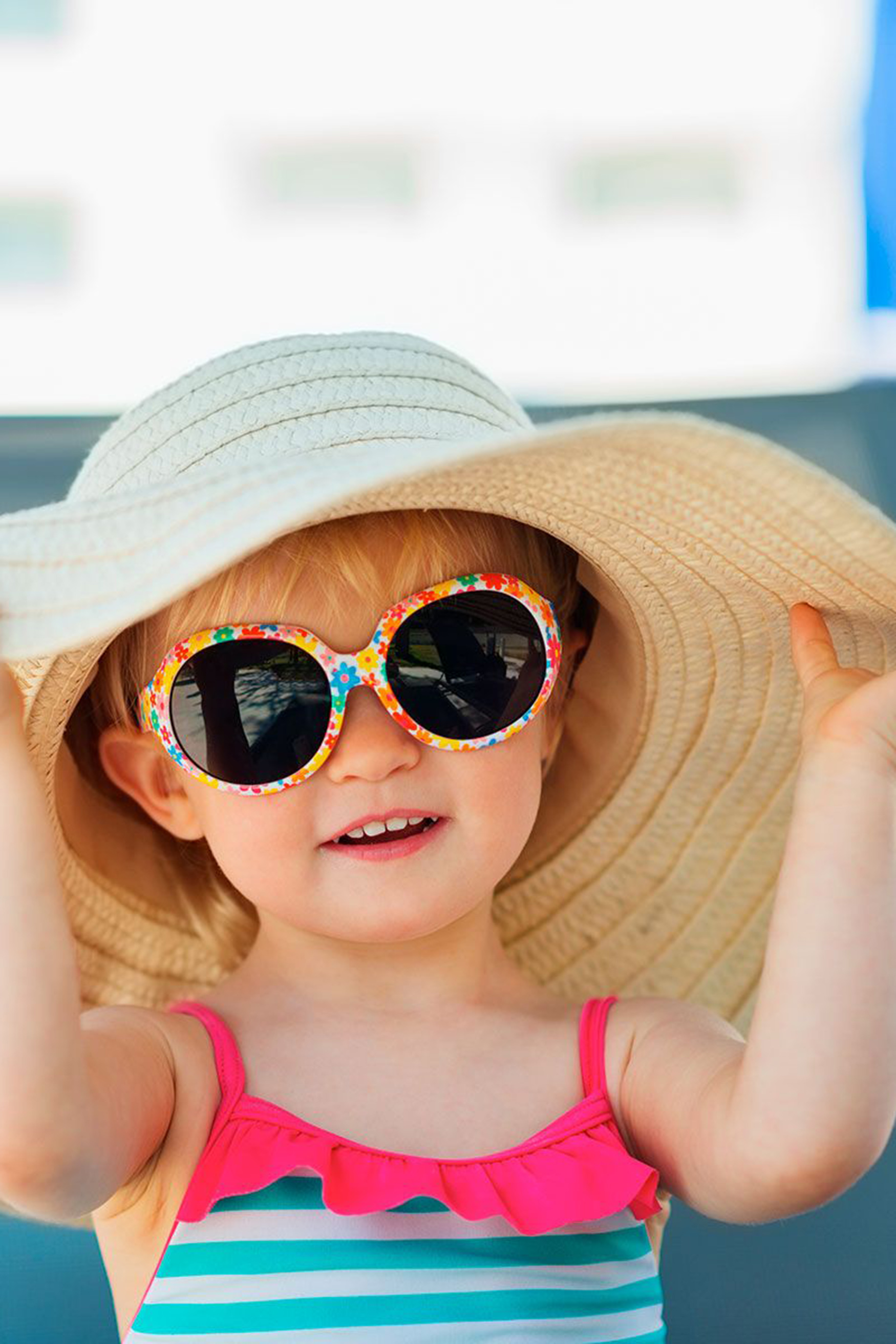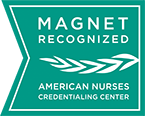Using gestures, signs, actions and pictures to support your child's communication development.
Gestures helps children and adults to get their message across. If an adult uses gesture it can also help develop a child’s understanding of key words in sentences. For example, when saying to your child, “Look, a plane”, the child is more likely to know where to look if you also point up in the air when you say the words.
When modelling language to your child it is important to pair this with some kind of visual helper. Young children learn best when they are able to hear and see what you are talking about. Using visual helpers makes language more concrete and meaningful. Visuals help to emphasize key words and will help your child match what they are hearing to something physical and they will be able to tune into your words more easily.
Types of visual helpers include:
such as waving, pointing, stop, drink, run

such as more, eat, all done
such as photos, drawings or cartoons
You can show a picture of grandma when you call her or use facetime. Show your child pictures in books, magazines and catalogues when you label or talk about them. You could even do a simple drawing of what you are talking about.
point to or hold up objects such as food or toys when you are talking about them.
When offering choices, hold up the two items you are offering if possible. Show your child their cup when it’s time for a drink. Use figurines to act it out during play.
such as "if you're happy and you know it"
You can model the use of visuals with your child and they may pick them up or make up their own. It is important to pair visual helpers with verbal communication so that your child can learn the words. It is beneficial for your child to use gestures/signs as it activates the motor cortex in the brain, which is near the speech and language centres in the brain. You can add facial expressions and movement to add extra meaning. Gestures/signs give other ways for children to communicate when talking is hard for them. The more that you pair gestures and actions with words, the easier it is for your child to relate what they see and do with the language that they hear.
Using gestures will not stop speech and language developing, if anything it will increase it. Speech and language are the fastest, most efficient way we have of communicating. By using gesture, you will not be replacing speech and language but relieving frustration and helping communication. Often when children can say the word, they tend to stop using the gesture.
Useful links
- Websites
- Key Word Sign Australia (kwsa.org.au)
- Signbank (auslan.org.au)
- SignPlanet - Sign Language Dictionary, Learning and Resources Online
- App –Auslan Tutor: Key Signs on the App Store (apple.com) (free)
- Read – Emma Wiggle Auslan Alphabet
- Watch – Emma's Sign Language Time! - YouTube
- Watch –Emma Memma: Visual Album Compilation (Auslan) | Music & Dance for Kids #EmmaMemma - YouTube





